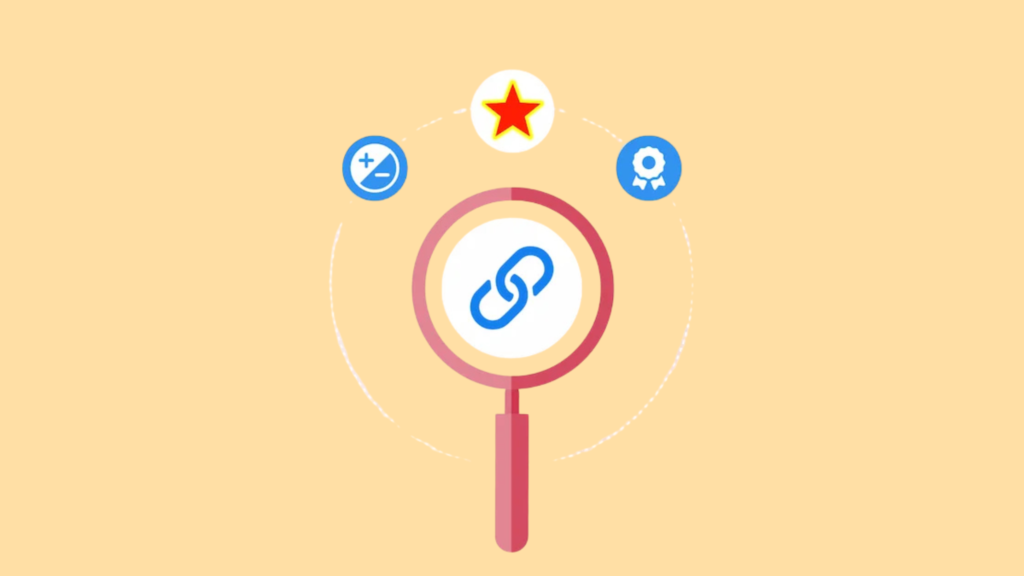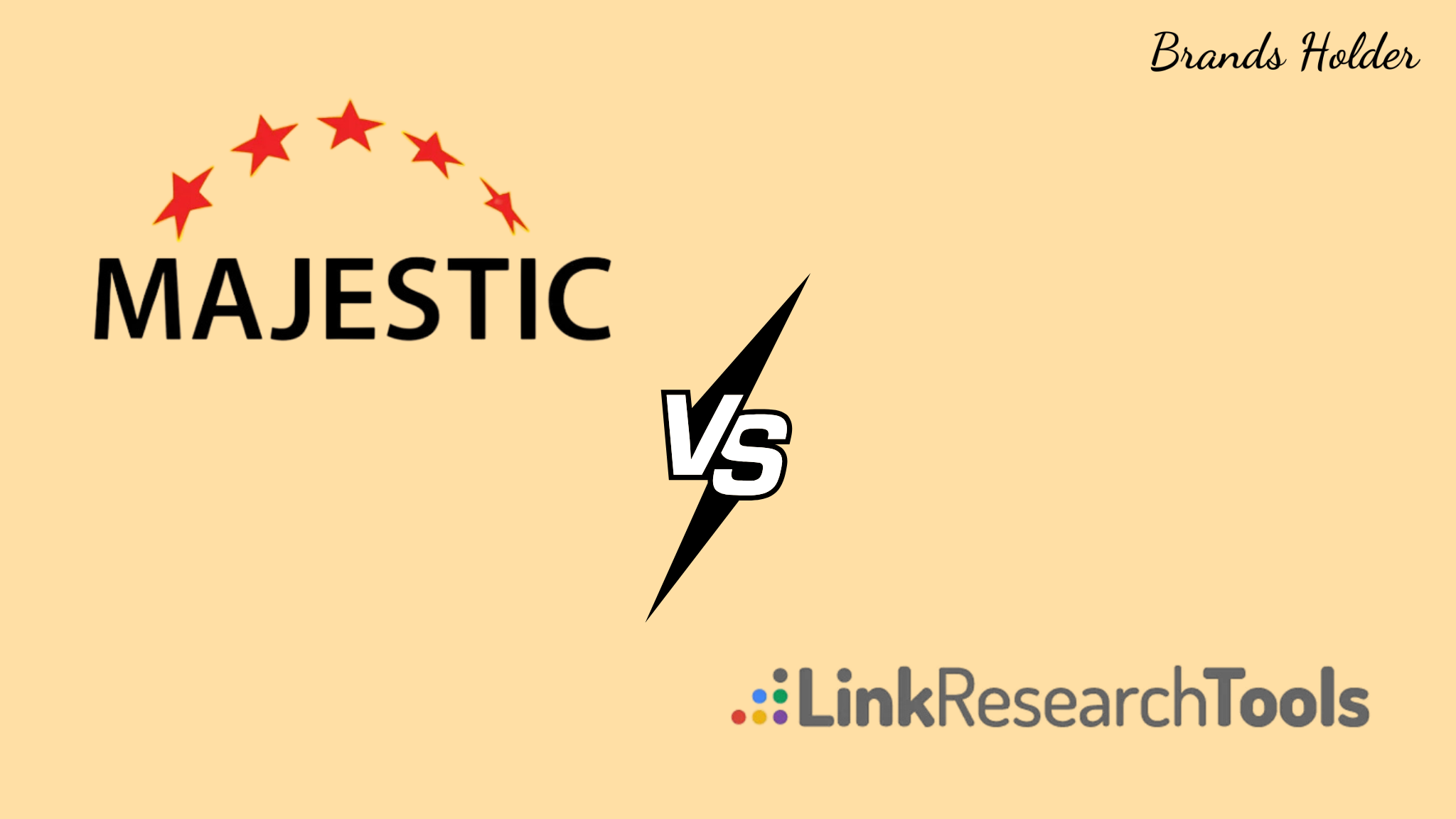Majestic vs. LinkResearchTools dominate the backlink analysis space with distinct strengths.
Majestic’s proven track record since 2004 includes crawling 1.3 trillion URLs, earning an 8.5/10 rating from 74 reviews. LinkResearchTools pulls data from 24 different sources to analyze backlinks.
Each tool tackles SEO tasks differently. Majestic shines at link building and competitor research, offering Trust Flow and Citation Flow metrics at $49.99 monthly.
LinkResearchTools costs €99 per month and specializes in finding toxic links through deep backlink analysis. This side-by-side comparison shows you exactly which tool fits your SEO needs.
You’ll see how both tools stack up across features, pricing, usability, and integration options – everything needed to pick the right backlink platform.
Core Features and Data Sources: Majestic vs. LinkResearchTools

Majestic and LinkResearchTools handle backlink analysis differently. Majestic builds everything around its own metrics, while LinkResearchTools pulls data from multiple sources.
Majestic’s Trust Flow and Citation Flow
Trust Flow stands out as a quality-focused metric that scores websites from 0 to 100. The score comes from analyzing backlinks through seed sites picked by humans. Trust Flow looks at both internal and external links.
Citation Flow measures link quantity using the same 0-100 scale. These two metrics tell you about website authority. A site scoring high on Citation Flow but low on Trust Flow usually means lots of links from sketchy sources.
Majestic’s Topical Trust Flow checks influence across 800+ topic categories. This shows you exactly how authoritative websites are in specific niches.
LinkResearchTools’ 24+ Data Sources
LinkResearchTools gathers data from multiple sources. The tool connects to 24 different link sources, including big names like Majestic, SEMrush, and Ahrefs. This creates a fuller picture of backlink profiles.
The platform runs this data through 150+ SEO metrics. Users pick filters based on what matters most – power, trust, buzz, or impact.
Majestic vs. LinkResearchTools: Index Size and Data Freshness
Majestic runs two separate databases – Fresh Index and Historic Index. The Historic Index covers 5.5 years and dwarfs the Fresh Index by 10x. Fresh Index shows newer links but runs about two weeks behind.
LinkResearchTools rates data freshness from 1 to 10. A perfect 10 means recently checked data. Users can manually trigger new data checks whenever needed.
Each tool verifies data in its own way. Majestic focuses on big indexes and link visualizations. LinkResearchTools prefers checking multiple sources and recrawling links.
Backlink Analysis Capabilities
Majestic and LinkResearchTools tackle backlink analysis differently, each offering unique features for specific SEO tasks.
Link Profile Analysis
Majestic’s Site Explorer digs deep into backlink profiles using multiple data points. The tool tracks backlink evolution over time to show link gains and losses.
Users compare up to ten domains at once through visual charts in the Backlink History Tool. LinkResearchTools takes a different path by combining unique backlink data sets.
The tool looks at each page separately instead of whole domains, knowing domain metrics alone can’t show true linking page quality.
Toxic Link Detection
LinkResearchTools spots bad links using its Link Detox Genesis algorithm. The system uses Link Detox Risk scores to flag risky backlinks. The tool measures link quality through its own LRT Trust metric.
Majestic finds toxic links by checking Trust Flow against Citation Flow ratios. Pages showing higher Trust Flow than Citation Flow usually point to quality links. The Visibility Flow score helps find good editorial links on trusted pages.
Majestic vs. LinkResearchTools: Competitor Backlink Research
Majestic shows exactly how competitors build links through:
- Top referring domains
- Anchor text patterns
- Geographic link data
- Topic relevance scores
LinkResearchTools focuses on traffic value in competitor research. The platform finds backlinks from keyword-ranking pages, marking these as top-quality connections. It watches competitor link-building patterns to guide outreach strategy.
Each tool processes data uniquely. Majestic constantly crawls the web, showing new and lost links through Site Explorer tabs. LinkResearchTools pulls from multiple sources for a wider view of competitor backlinks.
These tools shine in different areas. Majestic excels at visual data and constant monitoring – perfect for tracking competitor links. LinkResearchTools masters toxic link detection and page-level checks, helping maintain clean link profiles.
Pricing and Value Comparison
These backlink tools come with distinctly different price tags and value offerings.
Majestic vs. LinkResearchTools: Majestic’s Pricing Plans
Majestic splits pricing into three clear tiers. The Lite plan starts at $49.99 monthly for basic analysis needs. Yearly payments drop the price to $41.67 monthly.
The Pro plan costs $99.99 monthly and adds:
- Historic Index access
- Raw data exports
- Custom reporting capabilities
- Flow metric history tracking
The API plan runs $399.99 monthly, perfect for enterprise users. You get:
- 100 million link analysis limit
- 5 team member spots
- Full API access
Majestic takes credit cards, PayPal, and bank transfers for yearly plans. New users get a 7-day money-back guarantee on Lite and Pro plans.
LinkResearchTools Cost Structure
LinkResearchTools targets premium users with Superhero plans. The Small plan starts at €359 monthly (yearly billing) and includes:
- Unlimited domain analysis
- 1 million monthly link crawls
- 5 team seats
The Standard plan jumps to €599 monthly, offering:
- 6 million link crawls
- 15 team spots
- Better phone support
The Plus plan costs €1,499 monthly, delivering:
- 20 million link crawls
- 25 team members
- White glove setup
Payment options cover VISA, Mastercard, AmEx, and PayPal. European users access SEPA direct debit. Annual plans over €3,000 allow invoice and wire payments.
LinkResearchTools uses Link Crawl Budgets instead of fixed limits. Monthly budgets expire like phone data plans. Yearly subscribers get their full budget upfront for flexible usage.
User Interface and Ease of Use
The way these tools present their features makes a big difference in daily SEO work.
Majestic vs. LinkResearchTools: Dashboard Organization
Majestic puts search front and center with a big search bar for domains, URLs, and phrases. Users switch between Historic Index and Fresh Index right from the main screen.
Quick Links appear next to every URL, making Site Explorer and backlink checks just one click away.
LinkResearchTools shows your Smart Dashboard with key domain stats when you log in. The tool splits everything into clear sections:
- Backlink Analysis
- Audit & Recovery
- Monitoring
- Competitor Analysis
- Quality Checks
- Link Prospecting
Report Generation
Majestic shines at custom reports. Standard reports show backlink and domain totals, while Advanced Reports break down:
- Top performing pages
- Domain metrics in detail
- IP locations
- Anchor text patterns
LinkResearchTools keeps reporting simple with one-click PDF exports that pack all findings and explanations. The tool sends email summaries about watched websites, saving you from logging in for updates.
Learning Curve
Majestic packs lots of features but takes time to learn. The dashboard feels busy with all its tools. New updates help though, letting users customize actions and arrange Site Explorer tabs.
LinkResearchTools needs serious study time. Each tool works separately instead of through one main dashboard. This setup offers deep analysis but means jumping between tools to get full insights.
These tools show data differently. Majestic fits many metrics on one screen – anchors, domains, and top pages altogether. LinkResearchTools splits everything into focused tools, using 150+ SEO metrics for precise analysis.
Both handle campaigns well. Majestic tracks domain groups over time, while LinkResearchTools lets team members work together on projects.
Integration and Export Options
LinkResearchTools and Majestic handle data access and third-party connections differently.
Majestic vs. LinkResearchTools: API Access
Majestic splits API access into three tiers. The OpenApps API lets developers build tools any Majestic user can access.
The Standard API works for internal use only, blocking data resale or external apps. Premium Partner API powers web applications but costs more.
The API runs on HTTP, sending back XML or JSON responses. Developers get:
- Testing sandbox
- Security features
- Multiple auth options
- Full API documentation
The API package costs $399.99 monthly, fits five users, and handles 100 million analysis units. Users access every Pro feature plus custom data limits.
Third-party Tool Integration
Majestic makes data exports simple. The tool added new export options while keeping old formats. This helps current users stick to familiar workflows.
The platform connects smoothly with SEO tools for:
- URL Profiler link metrics
- Citation Flow checks
- Trust Flow scores
- Topical Trust Flow data
API subscribers build commercial apps called OpenApps for other Majestic users. This feature fits right into existing SEO tools and processes.
Data Explorers API unlocks backlink and domain data directly. The Reporting API builds detailed backlink profile reports perfect for analysis work.
Majestic offers many ways to pull data. The “Cog” menu lets users download all backlinks from both indexes. Long-time users access special features through Advanced Reports not found anywhere else.
Feature Comparison
| Feature | Majestic | LinkResearchTools |
| Core Data Sources | Proprietary crawling (1.3 trillion URLs) | 24+ data sources combination |
| Key Metrics | Trust Flow, Citation Flow, Topical Trust Flow | 150+ SEO metrics |
| Starting Price | $49.99/month (Lite) | €359/month (Superhero Small) |
| Enterprise Price | $399.99/month (API) | €1,499/month (Superhero Plus) |
| Index Type | Fresh Index & Historic Index | Combined data from multiple sources |
| Data Freshness | ~2 weeks delay for Fresh Index | 1-10 scale freshness score |
| Link Analysis Level | Domain-level analysis | Page-level analysis |
| Toxic Link Detection | Based on Trust Flow/Citation Flow ratios | Link Detox Genesis algorithm |
| Team Support | Up to 5 team members (API plan) | Up to 25 team members (Plus plan) |
| Interface Style | Search-centric with unified dashboard | Modular with separate specialized tools |
| API Options | OpenApps, Standard, Premium Partner APIs | Not mentioned |
| Export Capabilities | Multiple formats, Advanced Reports | One-click PDF exports |
| Learning Curve | Steeper, feature-rich interface | Complex, requires tool navigation |
| Trial/Guarantee | 7-day money-back guarantee | Not mentioned |
| Payment Options | Credit cards, PayPal, bank transfers | VISA, Mastercard, AmEx, PayPal, SEPA |
The Final Verdict
Majestic and LinkResearchTools excel at different things. Majestic wins with its huge 1.3 trillion URL database and custom metrics at a lower price point. Trust Flow and Citation Flow tell you exactly how good your links are.
LinkResearchTools costs more but spots toxic links better than any other tool. The platform pulls data from 24+ sources, perfect for detailed page analysis and finding risky links.
Pick your tool based on what you need. Majestic makes sense for teams wanting solid backlink data and API access at $49.99 monthly.
LinkResearchTools fits better for businesses needing serious toxic link cleanup and multi-source checking, even at €359 monthly.
These tools keep getting better as SEO changes. Majestic stays strong with historical data and competitor research.
LinkResearchTools leads the pack in risk checking and real-time link tracking. Your choice comes down to matching features with your SEO needs and budget.



